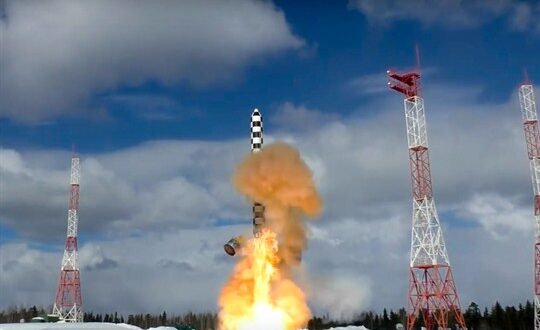On Feb. 2, the United States formally declared its intention to withdraw from the Intermediate-Range Nuclear Forces, or INF, treaty. The official declaration, which had been signaled by the Trump administration well in advance, set the clock ticking: Unless Russia unexpectedly returns to full and verifiable compliance with the treaty through the destruction of all its INF-violating missile systems, the U.S. withdrawal will become effective in early August. The formal termination of the treaty will have wide-ranging implications for European security, the U.S. military force posture in Europe, NATO deterrence and defense policy, and arms control.
For over 30 years, the INF treaty has been an enduring symbol of the Cold War’s denouement. When the Soviet Union and the U.S. signed the treaty in 1987, it effectively ended a buildup of ground-launched ballistic and cruise missiles with short to intermediate ranges, defined as 500 to 5,500 kilometers. Since then, around 2,700 missiles, most of which would have been deployed on the European continent, have been eliminated, making the INF a foundational arms control agreement
 Eurasia Press & News
Eurasia Press & News


